Well folks, it’s 2022 and BirdLife Australia has some exciting news for all of us who had to endure lockdown last year. The country’s biggest bird conservation organization is showcasing some of Australia’s most stunning birds through their Birds on the Move 2022 calendar, available for everyone to enjoy worldwide.
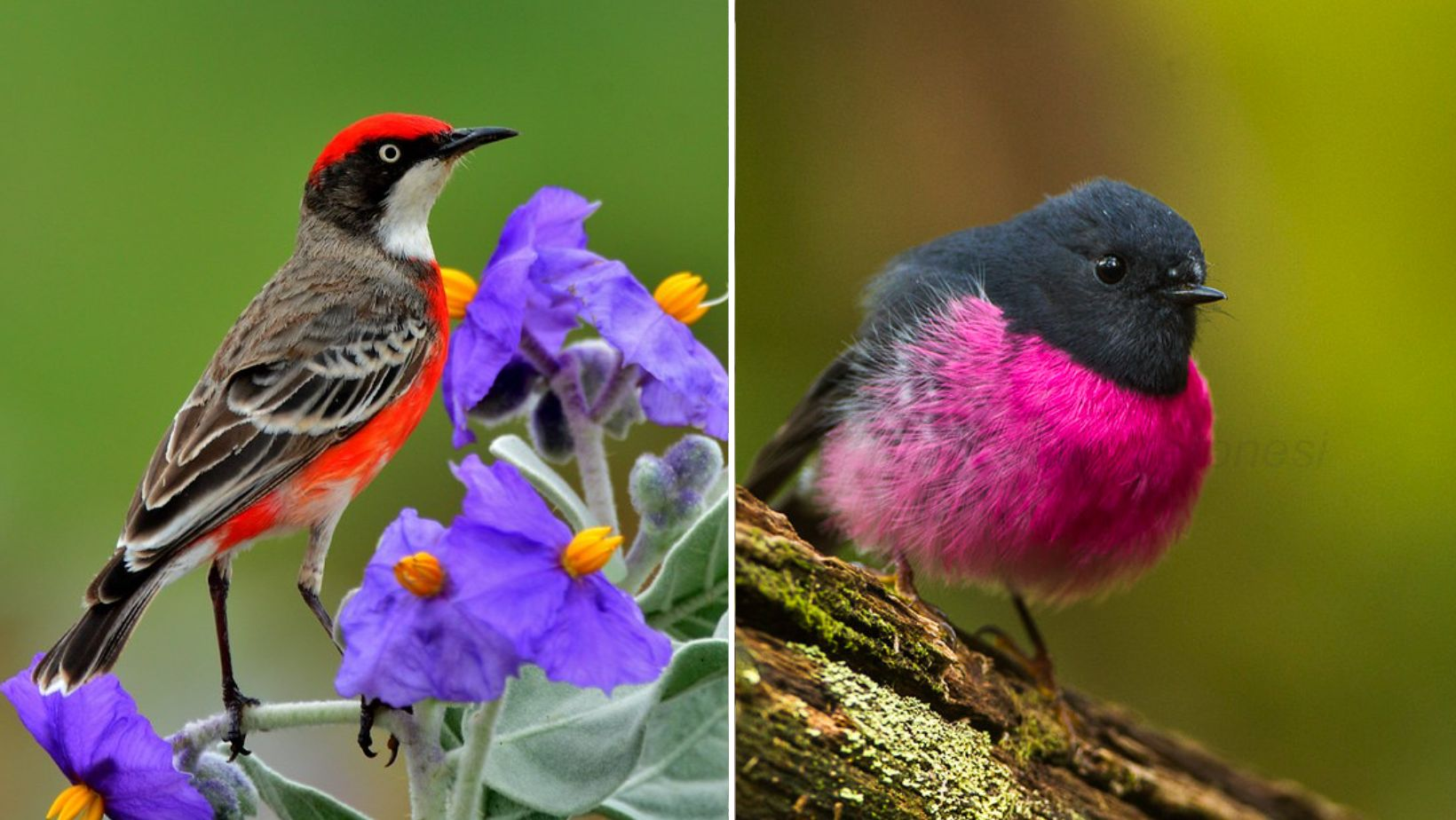
BirdLife Australia has been creating an annual bird calendar around a particular theme for almost a decade now. The proceeds from these calendars are used to support Birdlife Australia’s conservation efforts, which involve safeguarding the habitats and well-being of endangered bird species in Australia. In 2022, the organization’s focus is on some of Australia’s most powerful and threatened migratory birds, including species like the Swift Parrot, Carnaby’s Black-Cockatoo, and Eastern Curlew.
BirdLife Australia has enlisted top-notch bird photographers from different age groups, backgrounds, and experiences for the calendar’s creation. After selecting the theme and the bird species to feature, they scout for the best photographs from social media, image hosting services, and previous entries to their annual BirdLife Australia Photo Awards. This year’s calendar boasts a record number of female photographers and people of color. The January page of the 2022 calendar showcases the stunning Papuan Pitta.
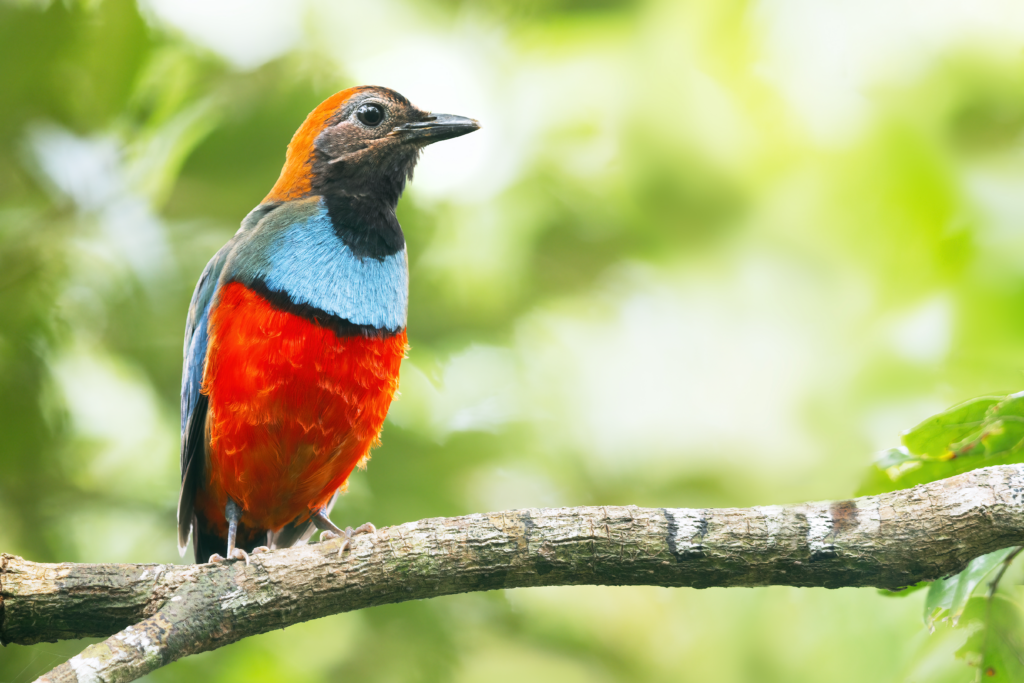
Let’s start with the Papuan Pitta, an enigmatic inhabitant of the rainforest. This little bird prefers to stay close to the ground and migrates from New Guinea to breed in Australia’s Cape York Peninsula during the rainy season. Its colorful feathers are truly eye-catching, but don’t be surprised if you hear it before you see it. The Papuan Pitta is known for its distinct calls that echo through the humid rainforest. Now, let’s move on to February’s star bird – the Dollarbird.
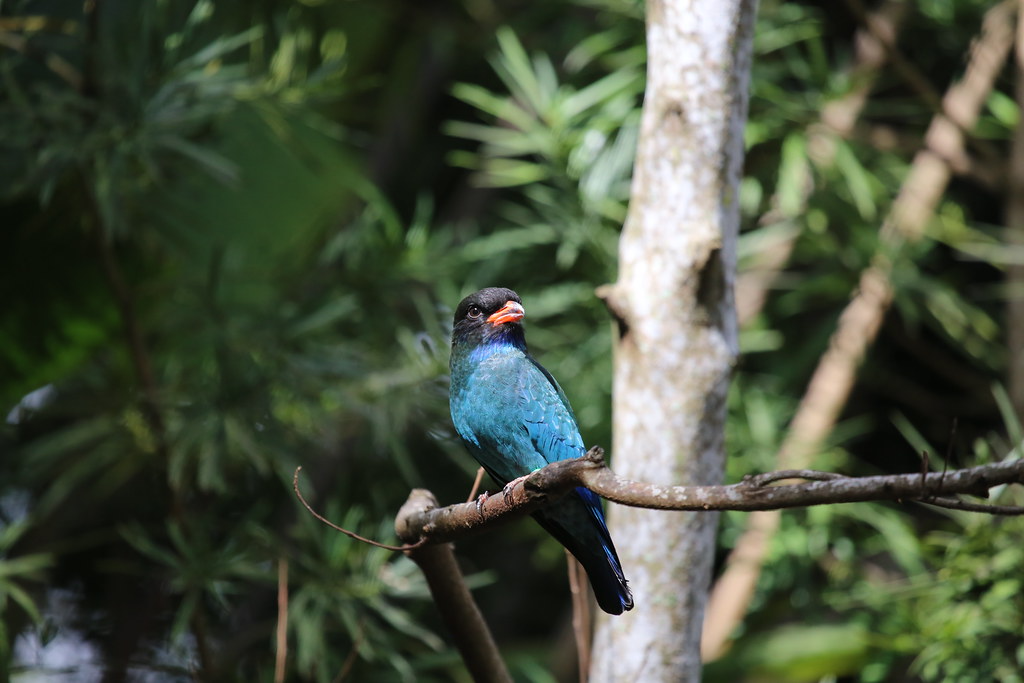
The Dollarbird is called so due to the light-colored patch on its wings that resembles a silver dollar. These birds come to northern and eastern Australia for breeding during September and then fly back to New Guinea and Indonesia at the end of summer. They are excellent insect hunters and can be spotted on exposed perches like dead branches or powerlines, from where they take off to chase their prey with great skill.
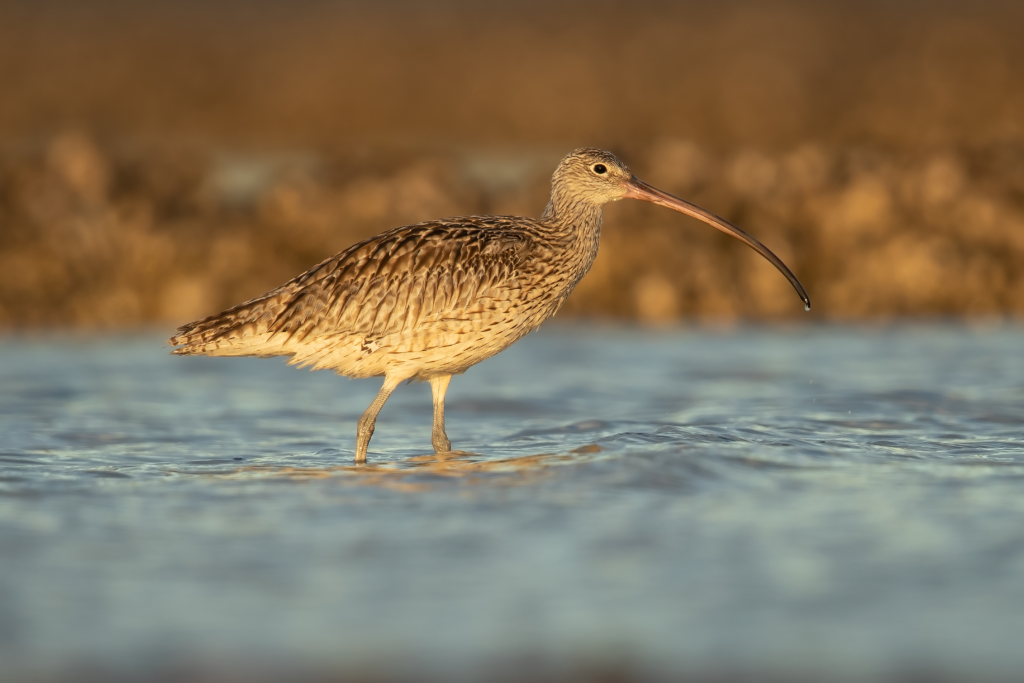
The Eastern Curlew is the largest shorebird in the world, and it embarks on a magnificent trip from its breeding grounds in China and Russia to the Australian coasts every year, with the aid of the Earth’s magnetic field. The bird is exclusively found in the East Asian-Australian Flyway, but unfortunately, the mudflats that it relies on are being demolished. In April, the Cape Petrel can be seen.
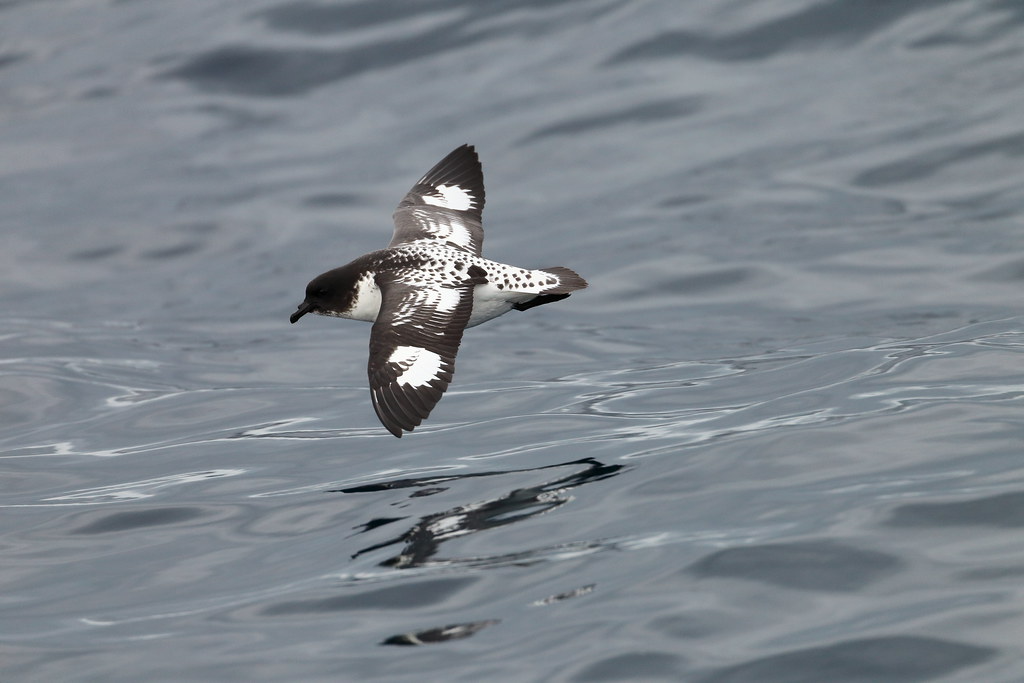
During the winter months, the Cape Petrel is a common sight in the waters of southern Australia. These birds venture out to hunt for krill, small squid, and fish. When they’re not in Australian waters, Cape Petrels breed on subantarctic islands as well as in Antarctica. They nest in various areas including cliffs and flat ground. During nesting season, they are quite territorial and use a pungent stomach oil to protect their young from potential predators and as a valuable food source for their offspring.
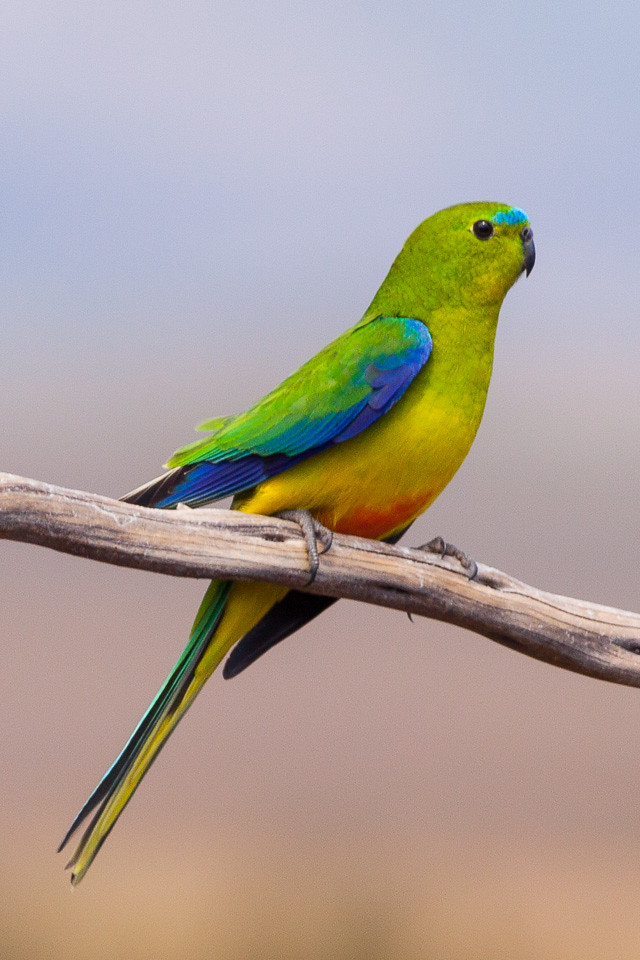
The Orange-bellied Parrot is a highly endangered species and is considered one of the rarest birds on earth. It’s also among the few types of parrots that migrate. During summer, these small birds breed in the south-western part of Tasmania before embarking on a long journey across Bass Strait to spend winter in South Australia and coastal Victoria. Although their population had drastically decreased to just 17 birds, their numbers are now increasing thanks to careful management. In this month of June, let’s also admire and appreciate the Pink Robin, another beautiful bird species.
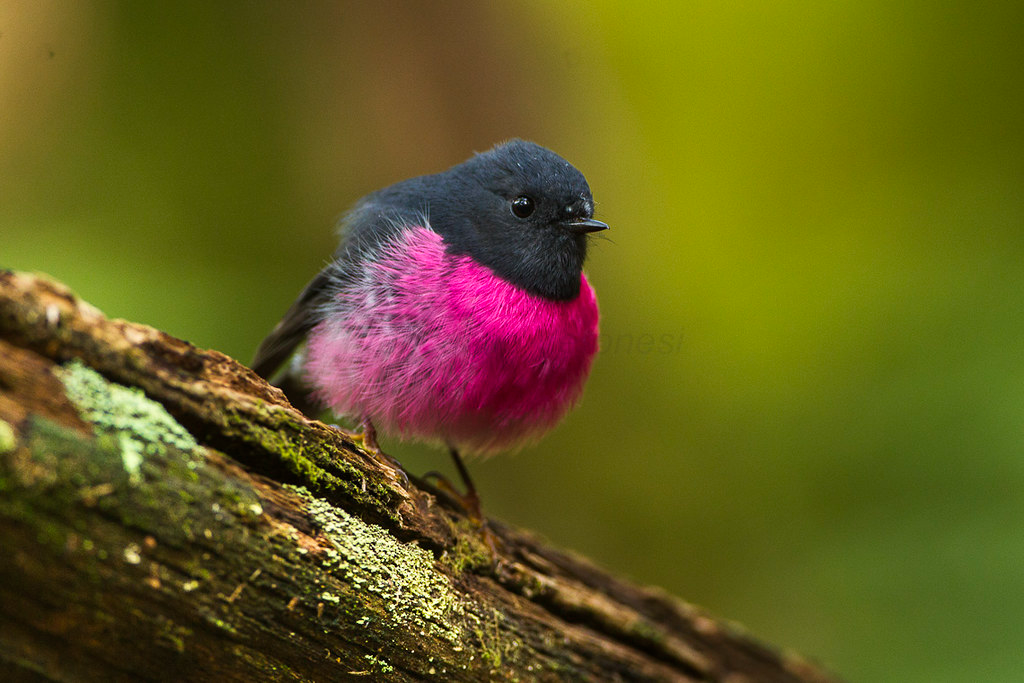
If you’re out in the wilderness on a calm day and hear a faint snapping noise, it could be the delightful Pink Robin chattering away. These charming birds can be found in forests located in south-eastern Australia, where they prefer to breed in moist eucalyptus valleys or chilly temperate rainforests. During the winter season, they tend to relocate to drier, more open areas like woodlands. Moving onto the month of July, we have the Carnaby’s Black-Cockatoo.
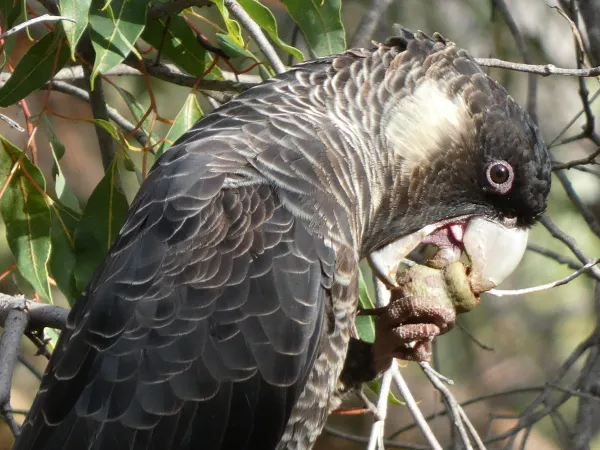
If you’re a resident of Perth, you’re probably used to the sight and sound of Carnaby’s Black-Cockatoos flying across the city skyline during their migration to the Swan Coastal Plain in early summer. These loud flocks then return to the Wheatbelt in July in search of nesting hollows. These birds aren’t picky eaters and can easily crack open banksia seedpods, gum nuts, and even pinecones, making pine plantations a crucial feeding spot. However, their population has decreased by 50 percent in the last 50 years due to widespread land clearing, particularly in the Wheatbelt. As a result, they are now considered endangered. Moving on to August, the Swift Parrot takes center stage.
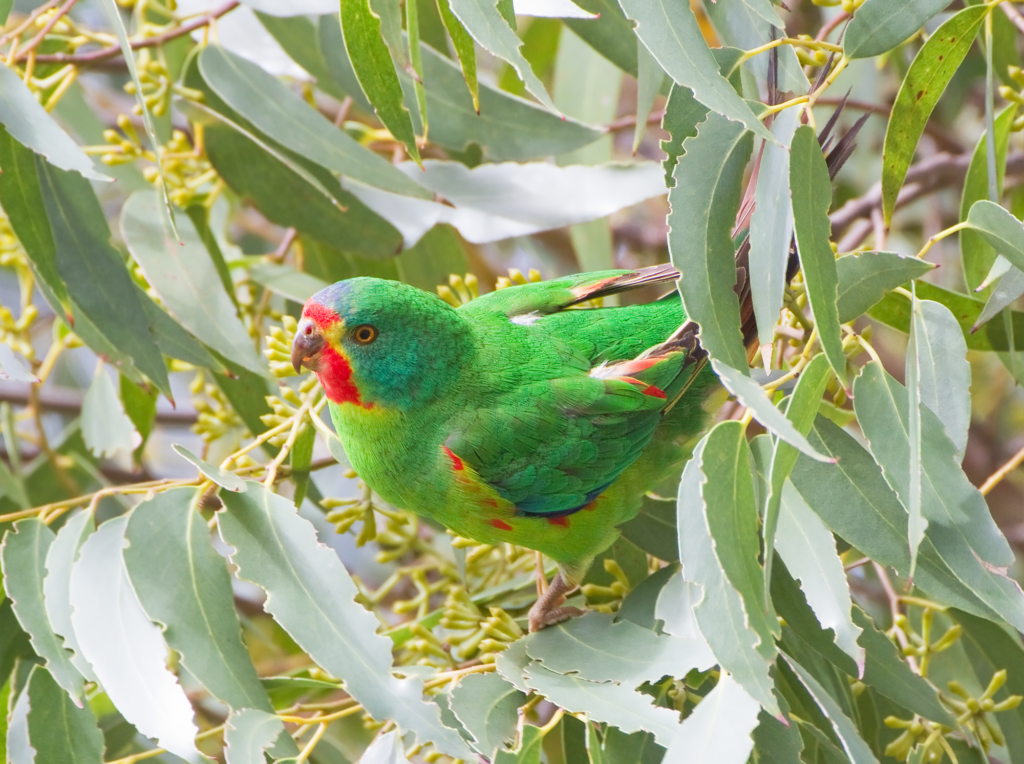
The Swift Parrot, which is considered as a highly endangered species, is among the limited migratory parrots residing in Australia. These exceptional birds brave the dangerous waters of Bass Strait twice a year during their migration from their breeding grounds in Tasmania to southeastern parts of Australia.
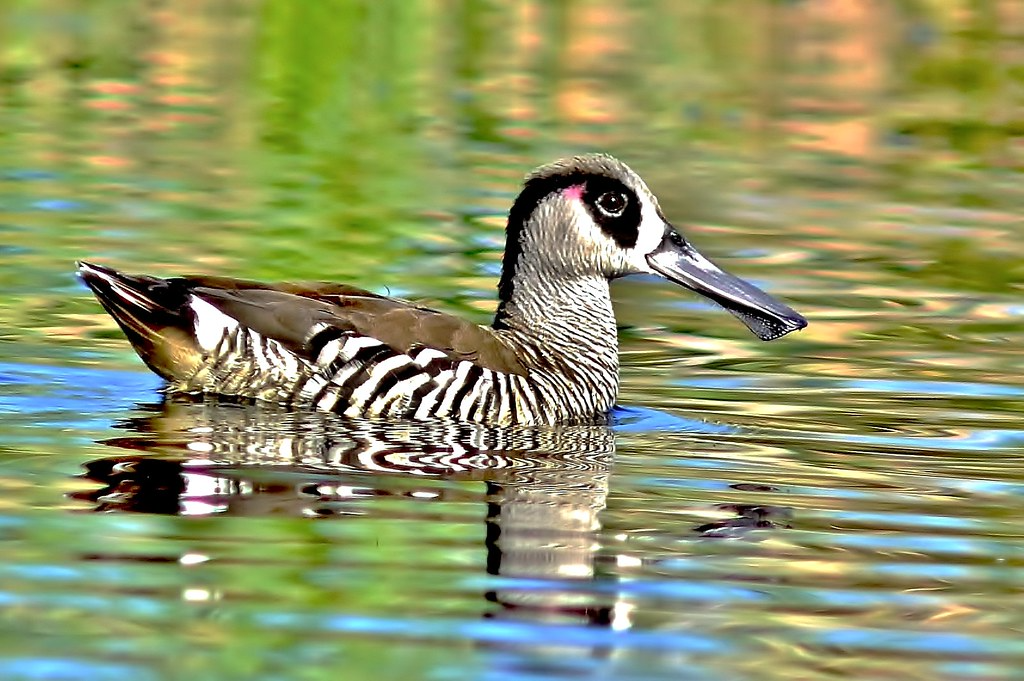
Pink-eared Ducks, also known as Zebra Ducks, are a unique-looking species of waterbird with distinct racing-stripe plumage. Their bills have an unusual shape that enables them to suck water through the tip and filter out tiny invertebrates using grooves on the side. These birds are nomadic and move around in search of food and water, which often depends on rainfall patterns. Looking ahead to October, bird enthusiasts can spot the Rufous Fantail among other species.
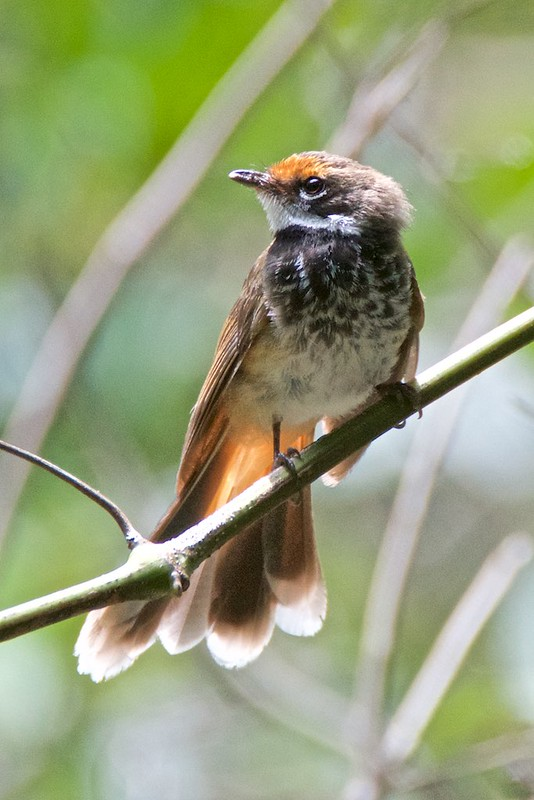
The Rufous Fantail’s impressive aerial maneuvers are truly a spectacle to witness. These graceful birds typically inhabit rainforests and wet forests, where they feed while flying through the air, darting and spinning in a blur of vibrant hues as they catch insects on-the-go.
These lively creatures never seem to stay still, constantly flitting about, and in the springtime, they venture down to south-eastern Australia to mate before returning north during the cooler months.
In November, keep an eye out for the Buff-breasted Paradise Kingfisher.
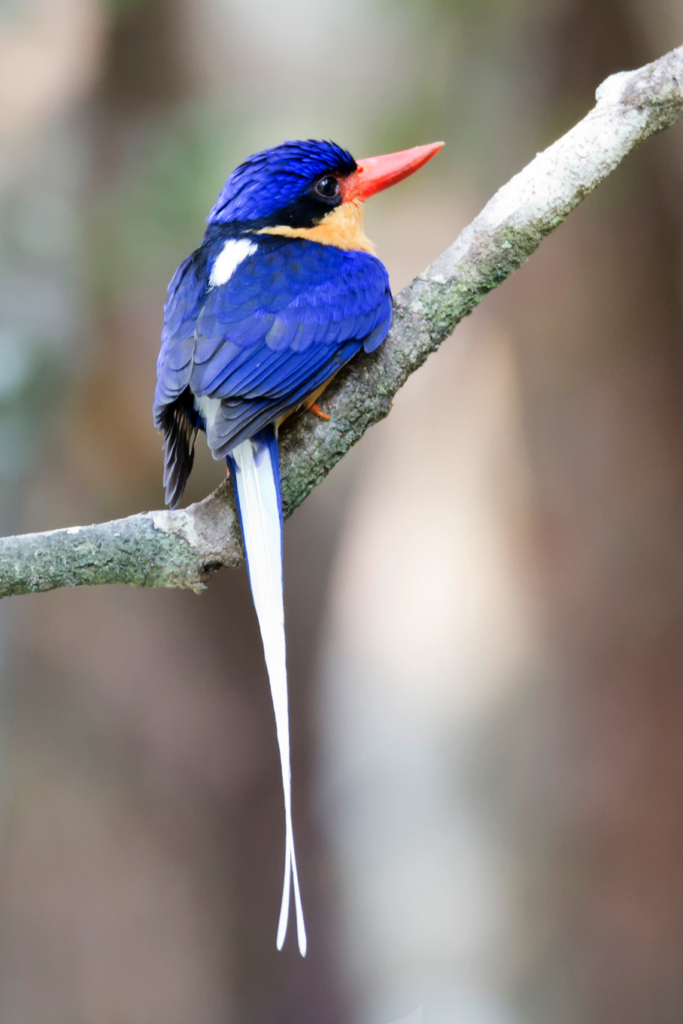
During November, the stunning Buff-Breasted Paradise Kingfisher makes its way from New Guinea to its breeding location in North Queensland’s Wet Tropics. They tend to nest in rotting logs or termite mounds. Despite their striking appearance, these birds are rather timid and can be challenging to locate. However, if you listen out for their distinctive loud piping sound, accompanied by a flick of their long tail streamers, you may have some luck. Moving on to December, another beautiful bird to look out for is the Crimson Chat.
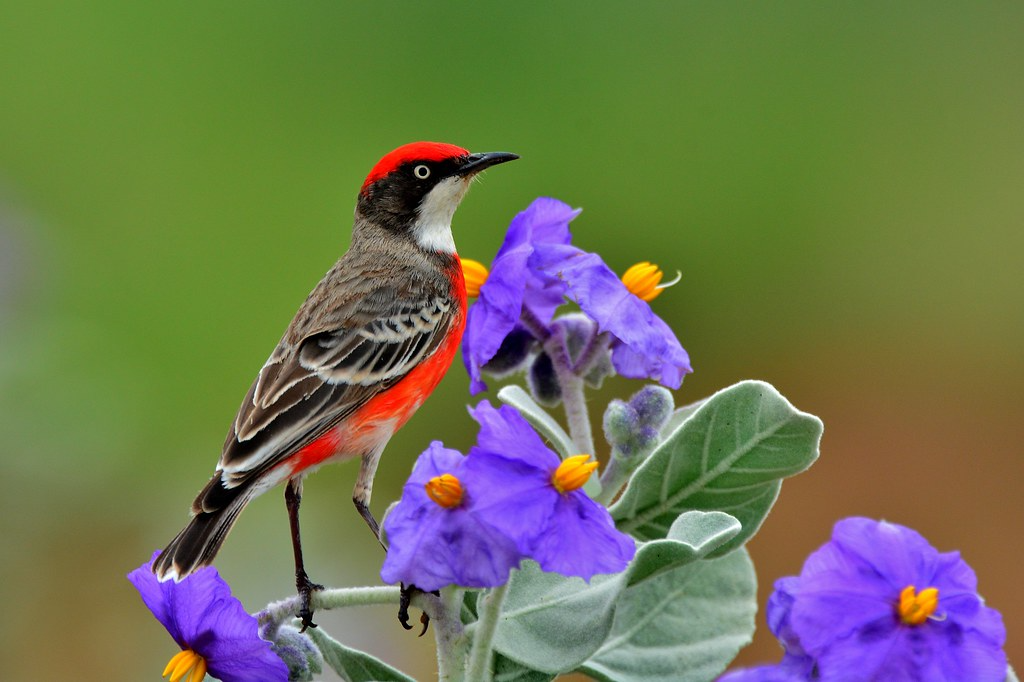
During normal times, Crimson Chats migrate to the north of Australia during the winters and head south for the summers. However, when droughts occur and there is a scarcity of food due to lack of fruiting saltbush and lesser insects, Crimson Chats flock in huge numbers to regions where they are rarely seen before. They come in search of sustenance and water to survive the harsh conditions.
In the southern regions, glimpses of these crimson-colored birds amidst golden canola fields may seem beautiful, but it also serves as a reminder of the severity of the drought that these birds are fleeing from.
